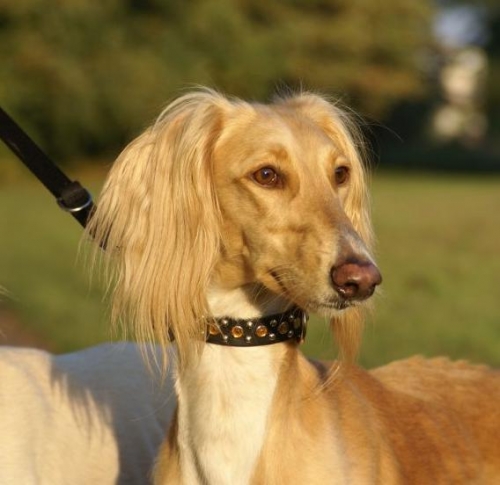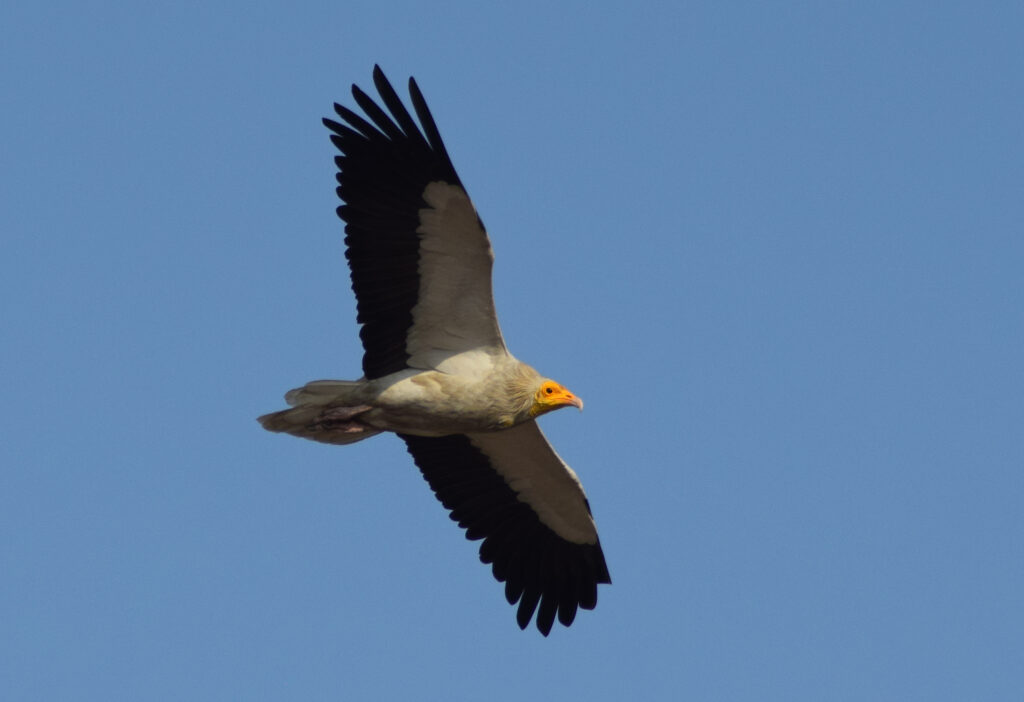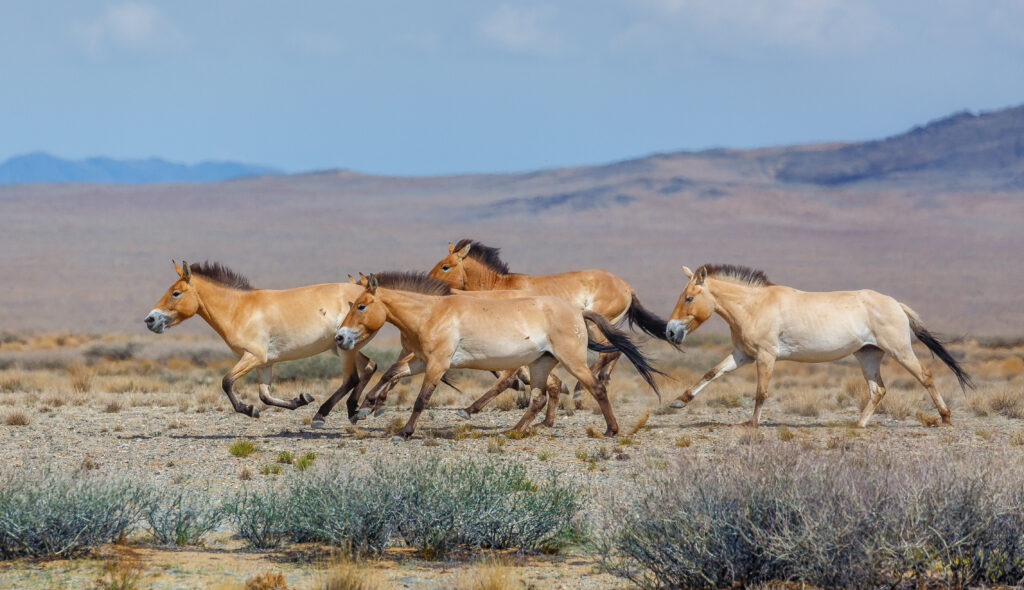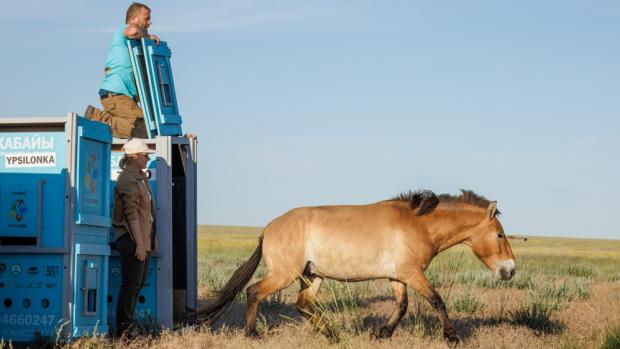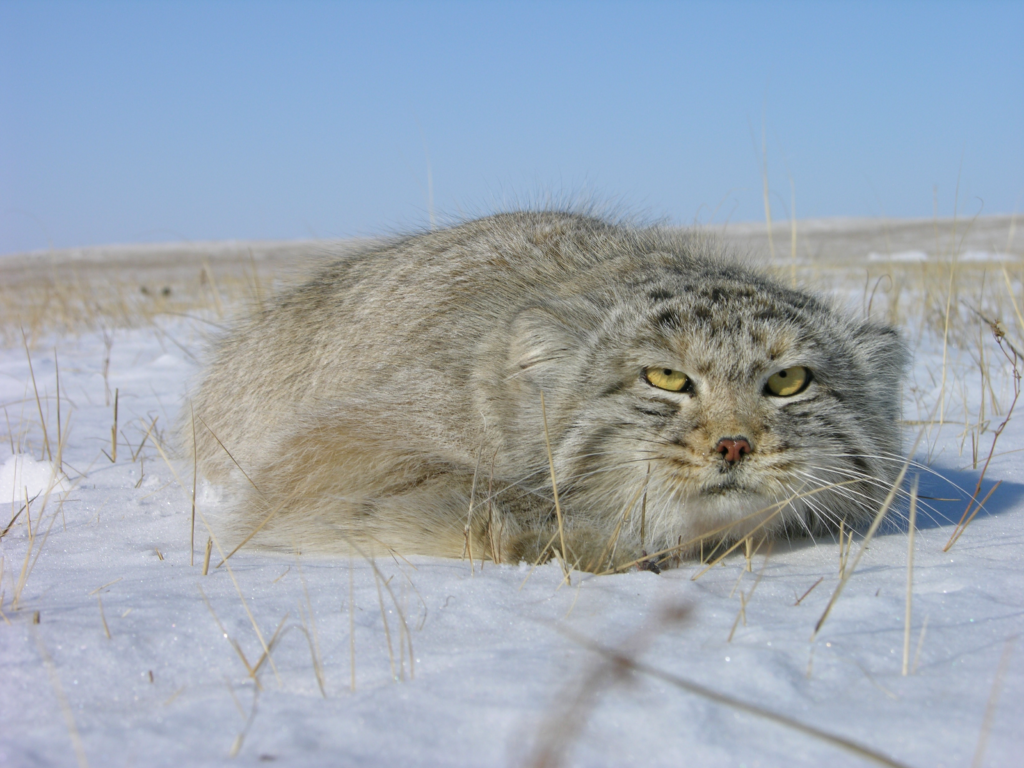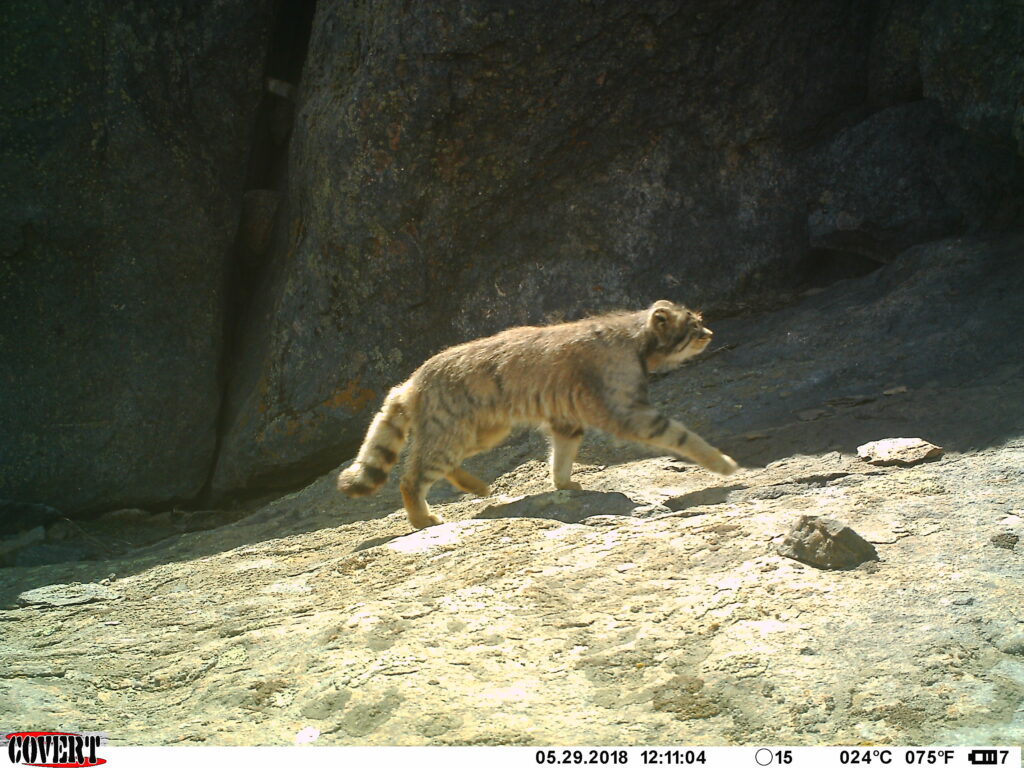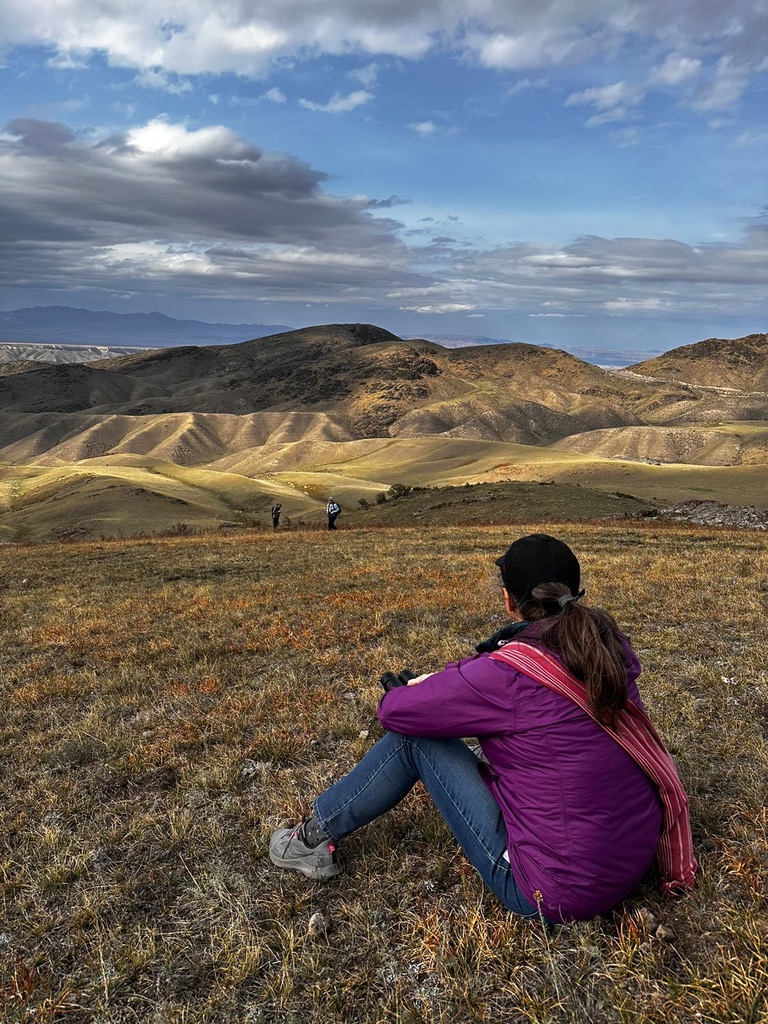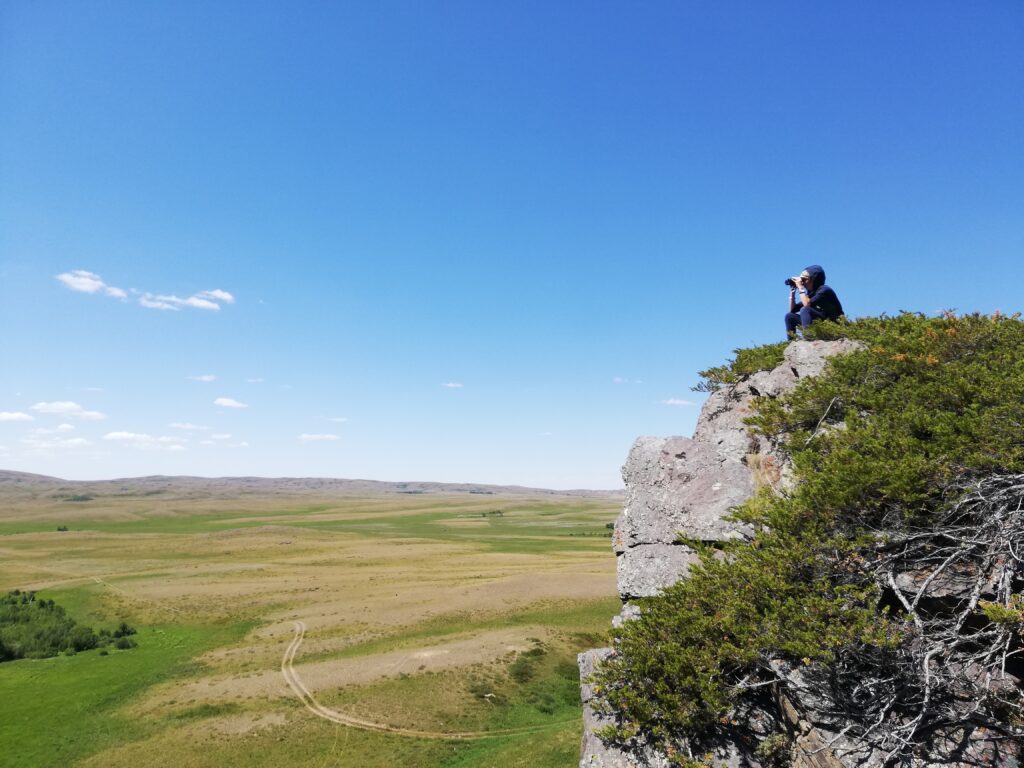Conservation
Field work snapshot: improvements made to manul camera trap network
A team of researchers from the Manul Working Group and Association for the Conservation of Biodiversity in Kazakhstan (ACBK) recently completed the upgrade and maintenance of the manul (Pallas’s cat) camera trap monitoring network in central Kazakhstan, actions that will improve accuracy of population counts, expand understanding of the cat’s behavior, and shed additional insights…
Read MoreKazakh Tazy gains preliminary recognition as official dog breed
The Kazakh tazy, one of the world’s oldest dog breeds, has achieved preliminary recognition as an official, independent breed by the International Canine Federation (FCI, Fédération Cynologique Internationale), a critical milestone in efforts to gain full international recognition as a distinct dog breed. The decision represents a victory for Kazakh cynology (regional term for zoology-based…
Read MoreSummer 2024 fieldwork – horses, birds, and bats, oh my!
We are nearing the half-year mark since we started this new chapter. During that time, we have established and strengthened relationships with partners in Kazakhstan, promoted wildlife-focused initiatives, and told stories about the region’s wildlife. Here are a few highlights: Przewalski’s horses: Homecoming In June we reported on the return of Przewalski’s horses to their…
Read MorePrzewalski’s horses return to Kazakhstan’s Golden Steppe
The first week in June saw a wildlife and biodiversity conservation milestone, as seven Przewalski’s horses arrived in Kazakhstan, the first phase of the “Return of the Wild Horses 2024” project. Reintroducing the horses to one of their natural habitats, following a centuries-old absence, is part of ongoing efforts to establish a self-sustaining population in…
Read MoreEvery species counts on Endangered Species Day!
Earth is home to countless species and landscapes. Unfortunately, human activities destroying habitats and overheating the planet have pushed many species into decline, breaking fragile and complex relationships within entire ecosystems. Thousands of animal species are also in steep decline in Eurasia, from the Saker falcon to the Pallas’s cat. This growing damage to ecosystems…
Read MoreAdopt a Camera for the Pallas’s “Grumpy” Cat
ABOUT THOSE FUZZY FELINES. Also known as a “Manul Cat,” a name with roots in the Mongolian language, Pallas’s cats are characterized by their thick fur, big round ears, and grumpy expressions. Native to Central Asia, Pallas’s cats are elusive, hampering the calculation of accurate population counts. Without more data, scientists struggle to know how…
Read MoreInternational Pallas’s “Grumpy” Cat Day – April 23
Every dog has its day, or so the expression goes, but so do cats! Arguably one of the lesser-known animal holidays (and one of several cat calendar observances) is International Pallas’s Cat Day, an educational and conservation-oriented holiday observed on April 23. Read on to learn more about the holiday’s honoree and support Pallas’s cat…
Read MoreVolunteering opportunities
Our volunteer fieldwork program is just getting started in our new geography. We try to connect intrepid, fit, and self-funded travelers with conservation fieldwork opportunities. Our partner scientists and conservationists are involved in raptor (eagles, owls, vulture) research in Kazakhstan. As we build our programs, other opportunities will become available in other parts of Eurasia.…
Read MoreProject focus: Kazakhstan
Kazakhstan ranks as the largest nation in Central Asia and the world’s largest landlocked country. It share borders with Russia, China, Kyrgyzstan, Uzbekistan, Turkmenistan, and the Caspian Sea. A land of deserts and plateaus stretching across the rolling tablelands of the Eurasian landmass, approximately 20 percent of Kazakhstan is mountainous, dotted by the Tien Shan,…
Read More

